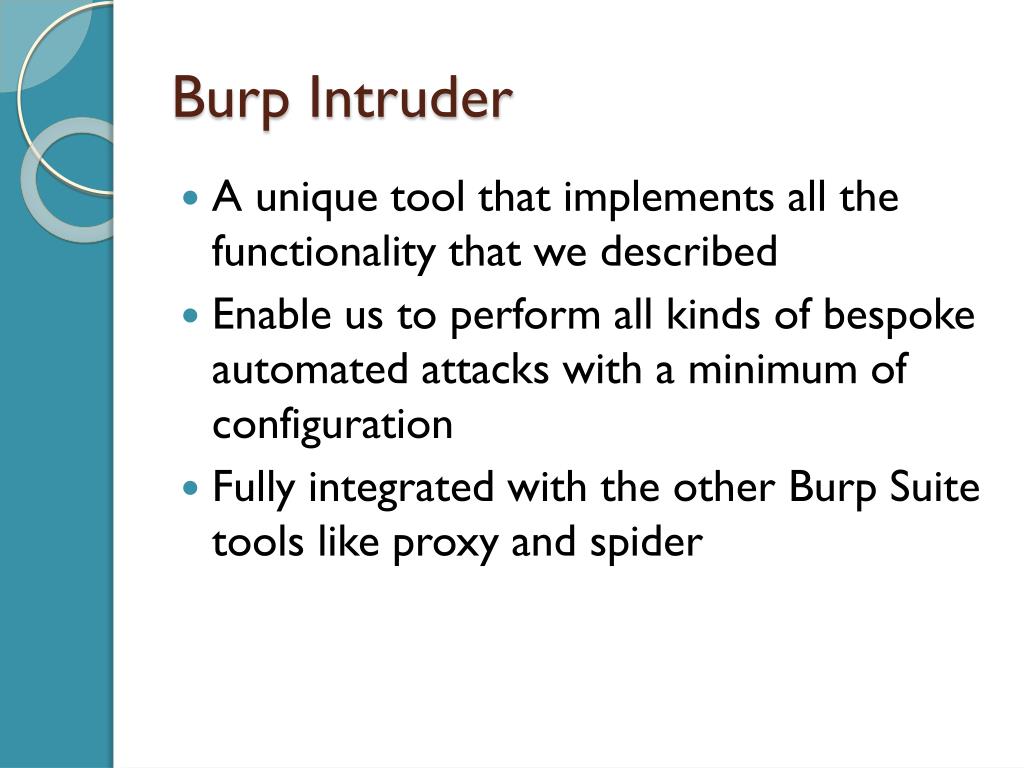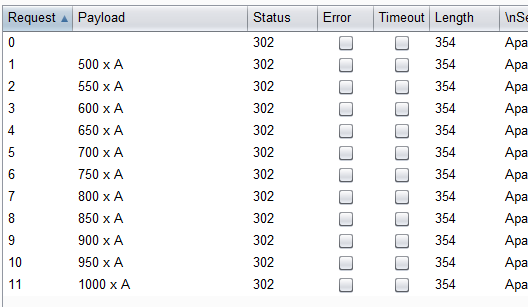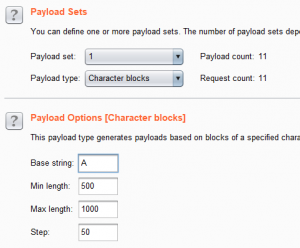
- #Burp intruder attack types manual
- #Burp intruder attack types password
- #Burp intruder attack types professional
the base request, as shown on the Positions tab.There are several ways to configure an intruder attack: For example, you can perform a brute-force attack by configuring the intruder with a login request and lists with usernames and passwords. Intruder introductionīurp Intruder makes it possible to perform a number of automatically modified requests. This post explains how the different attack types work. It has several attack types that determine how the payloads are used in the request parameters. It has a fuzzing feature called intruder that can replace parameters in a request with values from one or more payload lists. The subsequent attack uses all permutations of substituted characters for each list item in turn.Burp is an intercepting proxy that can be used to test web sites.
#Burp intruder attack types password
You can use character substitution in password guessing attacks, for generating common variations on dictionary words. This enables you to apply character substitutions to each item in a list of strings.

This enables you to configure a file from which to read payload strings at runtime. This enables you to configure a simple list of strings that are used as payloads.


Many types offer the following base configuration settings: You can customize each payload type in the Payload settings field. For more information, see Predefined payload lists.
#Burp intruder attack types professional
Professional You can use predefined payload lists with many of the payload types. Managing application logins using the configuration library.Submitting extensions to the BApp Store.Spoofing your IP address using Burp Proxy match and replace.Testing for reflected XSS using Burp Repeater.Viewing requests sent by Burp extensions using Logger.

Resending individual requests with Burp Repeater.Intercepting HTTP requests and responses.Viewing requests sent by Burp extensions.
#Burp intruder attack types manual
Complementing your manual testing with Burp Scanner.Testing for directory traversal vulnerabilities.Testing for blind XXE injection vulnerabilities.Testing for XXE injection vulnerabilities.Exploiting OS command injection vulnerabilities to exfiltrate data.Testing for asynchronous OS command injection vulnerabilities.Testing for OS command injection vulnerabilities.Bypassing XSS filters by enumerating permitted tags and attributes.Testing for web message DOM XSS with DOM Invader.Testing for SQL injection vulnerabilities.Testing for parameter-based access control.Identifying which parts of a token impact the response.


 0 kommentar(er)
0 kommentar(er)
